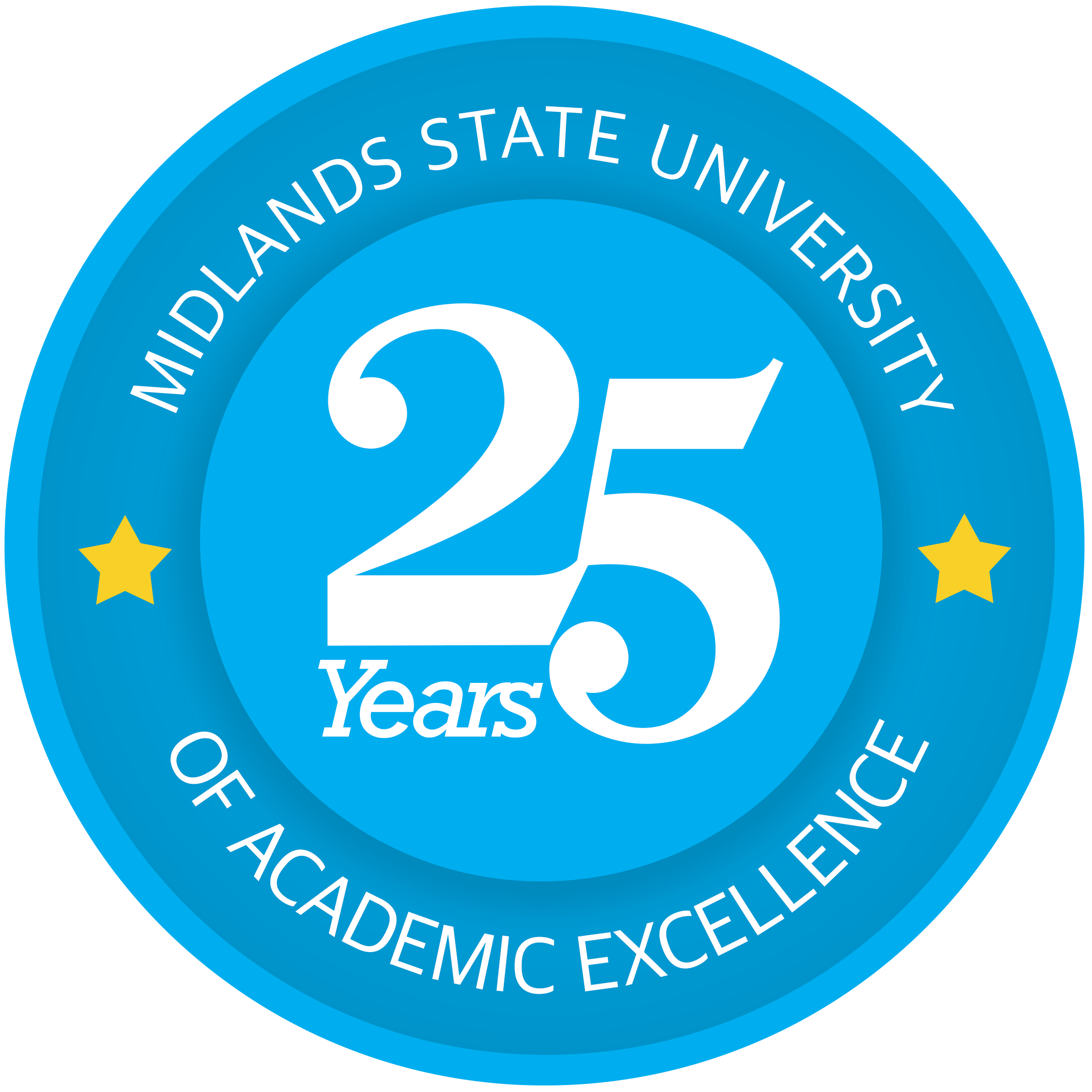The Midlands State University Faculty of Mining and Mineral Processing Engineering, Higher Education Partnerships in Sub-Saharan Africa (HEPSSA) project continued with a tour of the dolomite, graphite and mica mining and processing plants in Chinhoyi and Karoi from the 26th to the 28th of February 2019.
The team comprised of students and staff from Midlands State University, Chinhoyi University of Technology, Scientific and Industrial Research and Development Centre (SIRDC), National University of Science and Technology, Stellenbosch University (South Africa), Cardiff University (UK) and University of Strathclyde (UK) toured the Alasaka Dolomite Mine where they were exposed to the extraction and processing procedures of dolomite.
Dolomite is primarily used as a key ingredient in the manufacturing of agricultural fertilizer and lime, neutralization of water, glas fibres, while the magnesium compounds, primarily magnesium oxide is used as refractory material in furnace linings for producing iron, steel and nonferrous metals.
In Karoi, the tour of Lynx Graphite Mine sought to analyse the production process of graphite and establish areas requiring process optimisation and beneficiation. Graphite, is a native element mineral found in metamorphic and igneous rocks used as “lead” filling in pencils and as a lubricant. It also has many electrical uses as it is a common nonmetal that is a good conductor of electricity.
At Turn-Point Mine, the team explored the mica mines and the processing plant. Mica used in paints as a pigment extender and also helps to brighten the tone of coloured pigments while, in the electrical industry, it is used as thermal insulation.
“The purpose of the visit was to familiarize the students in geological, metallurgical and materials processes of rare minerals and semi-precious stones taking particular note of coming up with advanced mining engineering solutions for process optimization and beneficiation,” said Dr Antony Mamuse, the Executive Dean of Mining and Mineral Processing Engineering.
The tour was also punctuated with field lectures from renowned geologist and engineer Professor Tom Blenkinsop from Cardiff University (United Kingdom) and Dr. E. Ventura-Medina from Strathclyde University (Scotland) respectively.
“The programme was a key eye-opener to us as students as we were exposed to the reality of challenges faced in the extraction of rare minerals and how we should proffer effective and efficient engineering solutions,” said Brighton Pamire, a MSU Metallurgical Engineering student.
The project being funded by the London-based, Royal Academy of Engineering and being run under the Higher Education Partnerships in sub-Saharan Africa (HEPSSA) supports engineering professionals, academics and students with study bursaries, business start-up funding, research projects, knowledge transfer partnerships, public engagement and prizes recognising significant feats of engineering.


